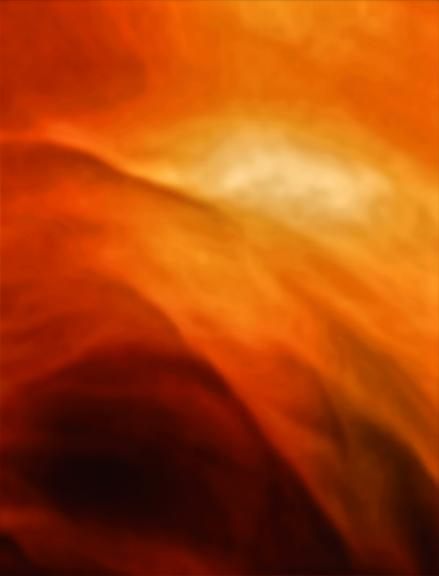There Are Giant Standing Waves in Venus’s Atmosphere
Something’s in the air on our closest neighbor.

By now, it’s been well established that the other planets in our solar system are very weird places. Now it’s our closest neighbor’s turn to let its freak flag fly. A day on Venus lasts roughly 243 Earth days, with two sunrises—longer than its 225 Earth-day year. Strangely, Venus’s atmosphere rotates 60 times faster than the planet itself, and that atmosphere is made up of about 97 percent carbon dioxide (compared with only 0.03 percent on Earth), which helps the surface reach a whopping 864 degrees Fahrenheit. New research points to another weird feature of Venus’s atmosphere: waves in the clouds that move at different speeds, under the influence of the topography underneath.
A research team from Europe and Japan used data collected by the Venus Express satellite, and found some interesting patterns in the nighttime clouds, which are little-studied compared to the daytime ones. They observed large areas of waves, bright filament-like clouds, and even stationary waves, all different from the daytime cloud patterns. The fast-moving filaments are rare, and the stationary waves much more common. The researchers suggest that these stationary waves are driven by changes in surface topography, such as mountains, the way water in a creek flows over a rock.

This first in-depth data on the night-side clouds will help scientists refine models the Venusian atmosphere and understand why it moves so fast. The Venus Express mission ended in 2014, but the Akatsuki satellite, launched by Japan’s Aerospace Exploration Agency in 2010, is collecting more data, which are sure to present even more atmospheric oddities.

















Follow us on Twitter to get the latest on the world's hidden wonders.
Like us on Facebook to get the latest on the world's hidden wonders.
Follow us on Twitter Like us on Facebook